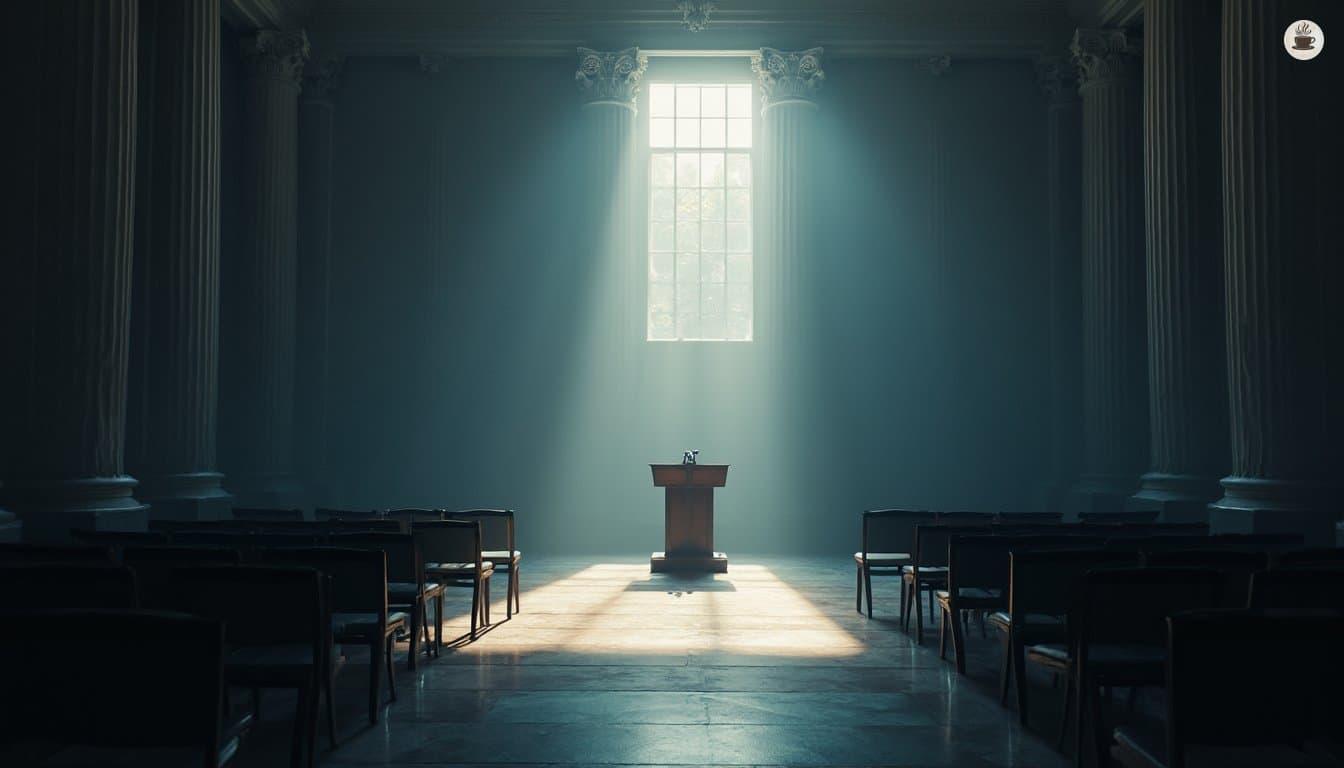
Trump Administration's New Media Strategy Reshapes Press Access and Coverage in First 60 Days
Press corps faces new limits now
Media adapts
NEW YORK - Two months into Donald Trump's second presidential term, his administration has implemented significant changes to how the media can cover the White House, marking a departure from traditional press access protocols.
The Associated Press reports several key developments affecting news coverage [1][2]:
The White House has blocked AP from pool coverage over a dispute regarding the Gulf of Mexico's renamingNew media entities, including podcasters, have been granted press briefing accessThe FCC under Chairman Brendan Carr has opened investigations into major networksThe Pentagon has removed several news organizations from their office spacesPress Secretary Karoline Leavitt, 27, leads a more structured approach to media relations, including the creation of a 'Rapid Response 47' social media account to counter what the administration considers unfavorable coverage [3].
'It's very clear what's happening. The Trump administration is on a campaign to do everything it can to diminish and obstruct journalism in the United States,' says Columbia University journalism professor Bill Grueskin [1].
The administration has also initiated legal action against several media outlets, including CBS News over a '60 Minutes' interview with Vice President Kamala Harris, and The Des Moines Register regarding pre-election polling [4].
Former White House Press Secretary Ari Fleischer supports these changes, stating, 'It's time to bring that (briefing) room in line with how readers and viewers consume the news in 2025.' [1]
While some outlets face restrictions, others continue their coverage. The Atlantic has added staff, and '60 Minutes' maintains its investigative reporting despite legal challenges [6].